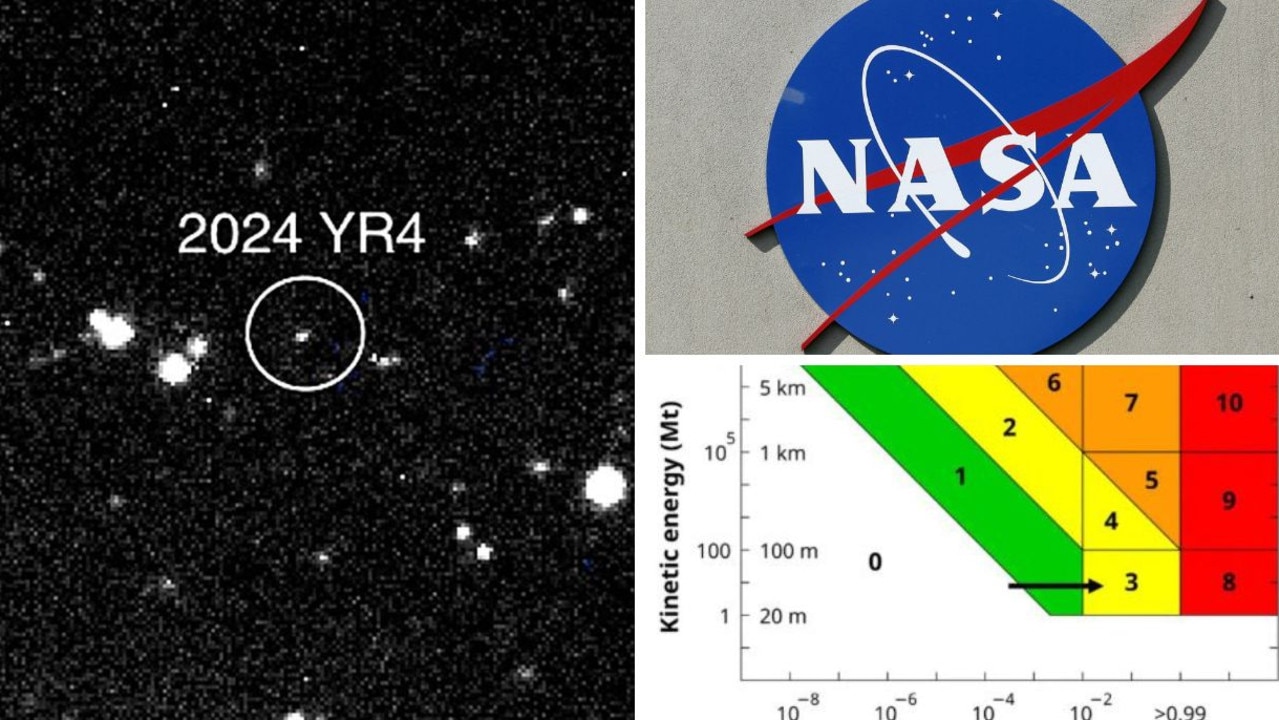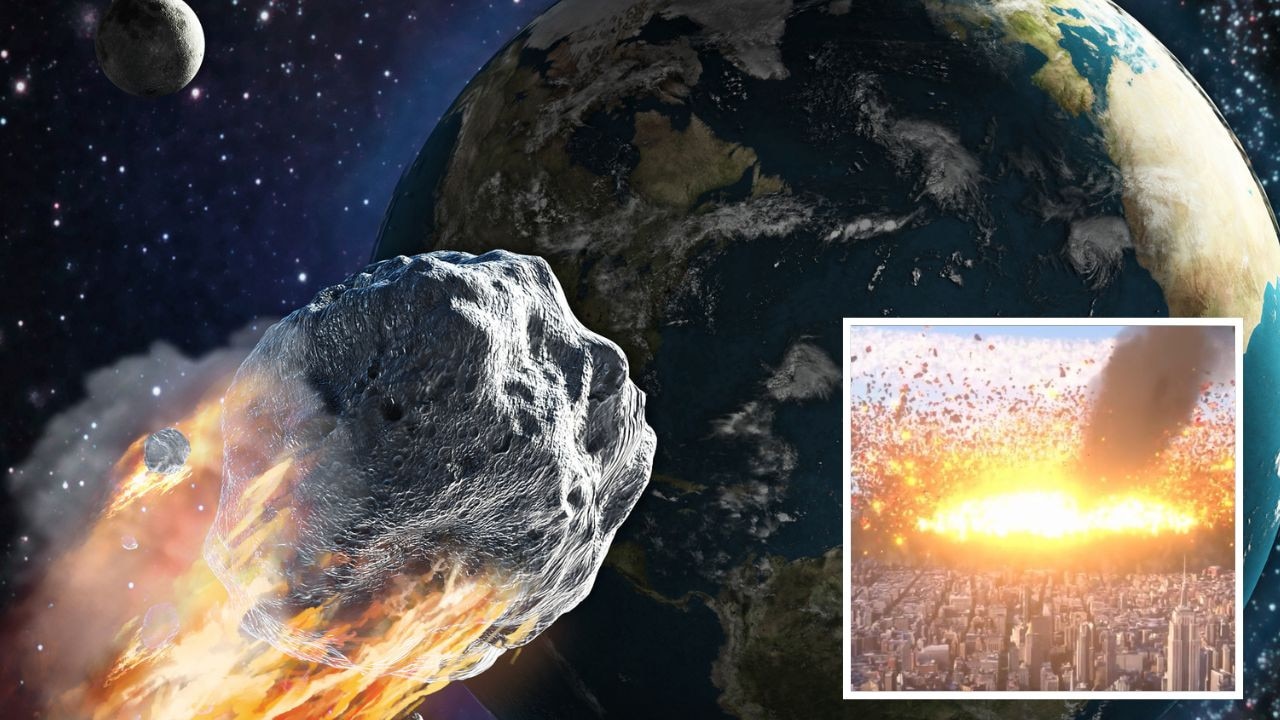Odds of ‘city-killing’ asteroid hitting earth in 2032 reach new high
NASA has claimed that a frightening “city-killing” asteroid could strike our planet sooner than we think.
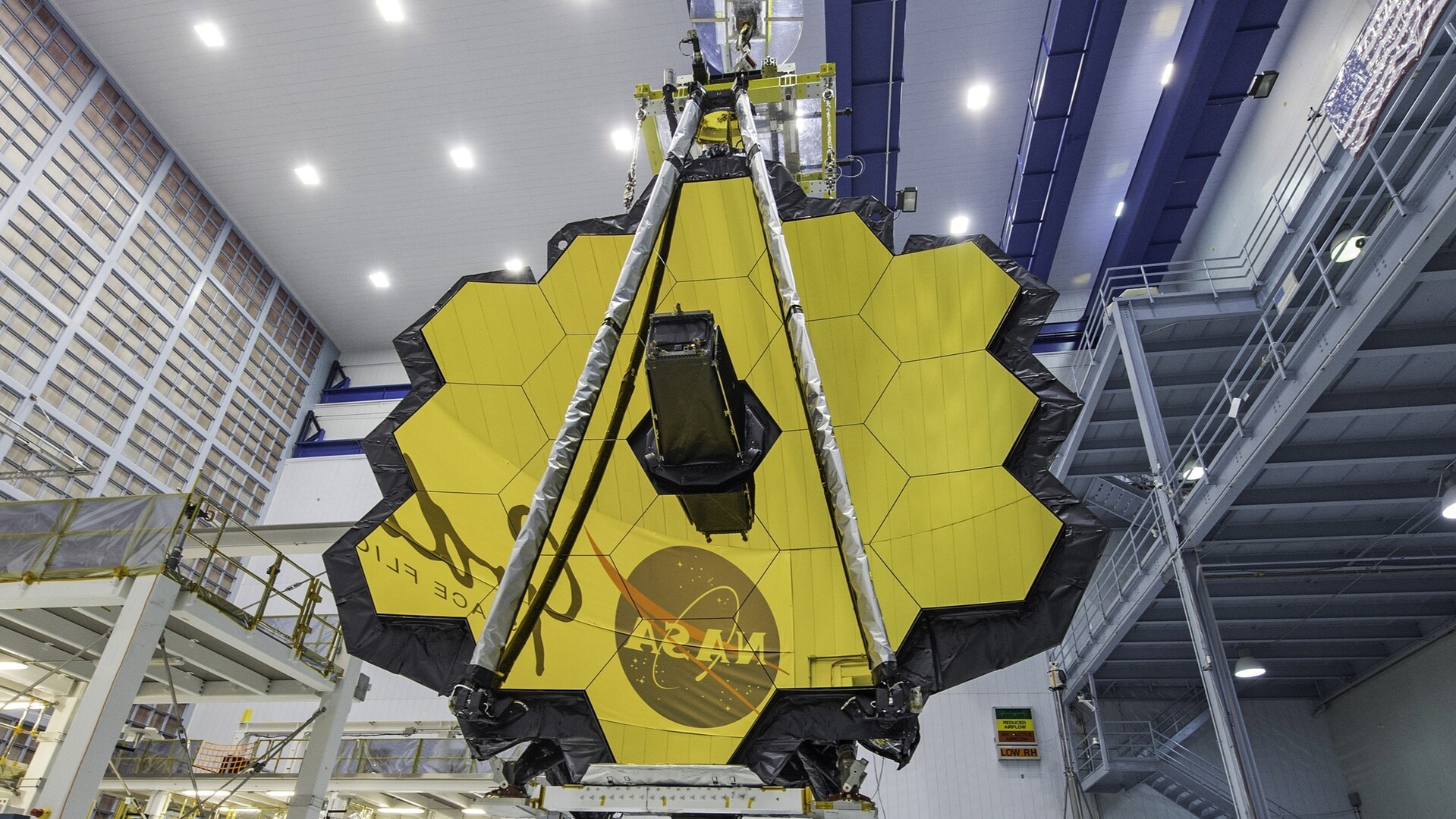
Space
Don't miss out on the headlines from Space. Followed categories will be added to My News.
Are we about to get rocked?
NASA just increased the odds that “city-killer” asteroid YR4 2024 will strike our planet in 2032.
The space agency claimed that the dangerous space rock now has a 1-in-38, or 2.6 per cent, chance of hitting home — the highest probability of a collision yet, New Scientist has reported.
When the asteroid was initially discovered in December 2024, the odds of a strike clocked in at 1-in-83, before increasing to 1-in-67, to 1-in-53, to 1-in-43 and now, the current frightening figure. Meanwhile, the European Space Agency’s odds are slightly lower at around 2.4 per cent.
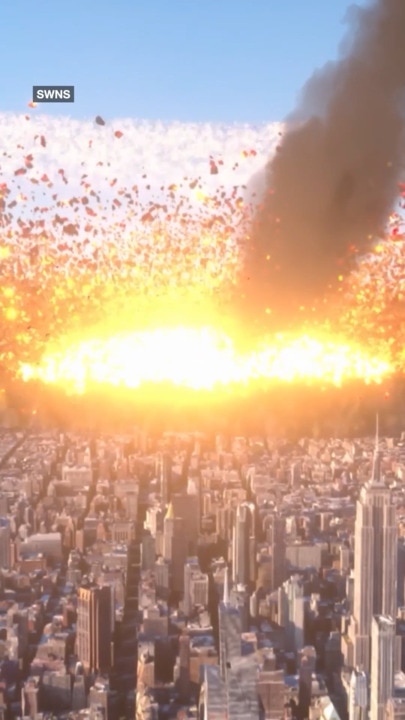
Since late January, NASA has designated YR4 a level three on the Torino scale — a standard rubric for the danger of NEOs (Near Earth Objects) that measure over 20m feet in diameter and have a 1 per cent or greater chance of deep impact.
According to the scale, this asteroid is a “close encounter, meriting attention by astronomers” and boasts a “1% or greater chance of collision capable of localised destruction.”If Earth were to get rocked by YR4 — which measures between 40m and 90m in diameter — the resultant energy blast would be equivalent to 8 megatons of TNT, roughly 500 times the power of the atomic bomb dropped on Hiroshima, the independent reported.
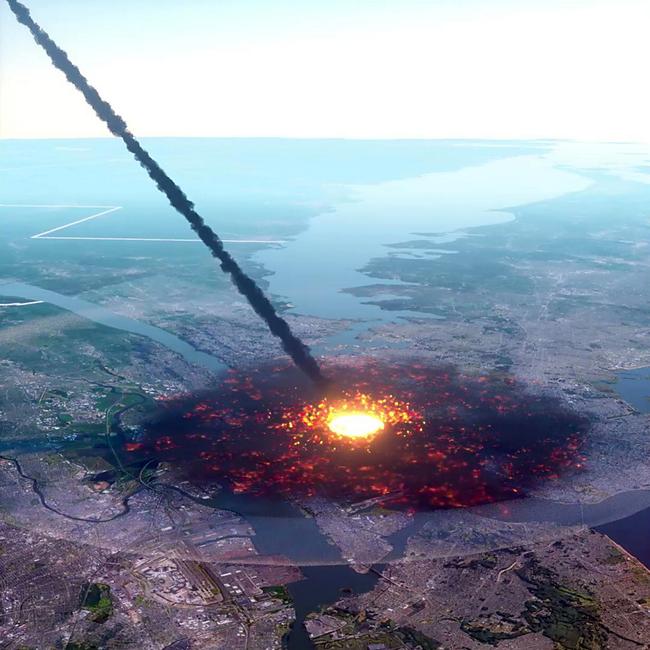
This would be especially devastating given that YR4’s projected trajectory spans eight of the world’s most populated cities — including Bogota in Colombia, Lagos in Nigeria, and Mumbai and Chennai in India — with the total at-risk population clocking in at around 110 million people.
Fortunately, we don’t have to batten down the hatches just yet — the odds could come back down in the future.
“Just because it’s gone up in the last week, doesn’t mean that it’s going to continue to do that,” assured Hugh Lewis, a professor of astronautics at the University of Southampton, UK.
“It is possible that asteroid 2024 YR4 will be ruled out as an impact hazard, as has happened with many other objects that have previously appeared on NASA’s asteroid risk list,” seconded NASA’s Molly L Wasser in a blog post. “It is also possible its impact probability will continue to rise.”
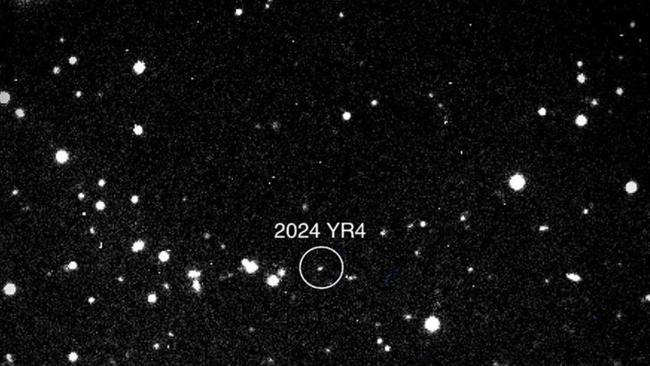
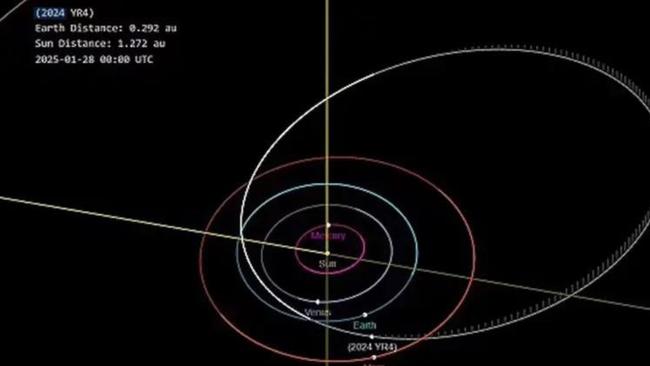
She ultimately declared that “its impact probability will become better known” as we obtain more observations of the asteroid’s orbit.
Unfortunately, we are running out of time to predict the risk. The asteroid will fly behind the Sun in April, putting it out of sight of most of Earth’s terrestrial telescopes until it comes back into view in 2028.
Scientists plan to glean as much info as they can in the interim using the James Webb Space Telescope, which will help pinpoint the rock’s size by using its infra-red instruments to study the heat emitted by it.
In turn, this will allow researchers to determine the level of damage it would cause if it does strike our planet.
This story first appeared in the New York Post and was republished with permission
Originally published as Odds of ‘city-killing’ asteroid hitting earth in 2032 reach new high



